At The Cyber Ranch
The World Watches the Osprey
There is something profoundly moving about watching Harriet the osprey struggle to do what nature tells her to do — to make a nest in spite of the loss of her long time mate, Ozzie, who was killed by an eagle late last summer. She does not know if she will find a new mate and open a new chapter in her life. She patiently waits and prepares her nest.
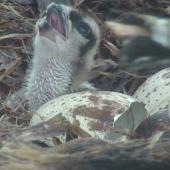
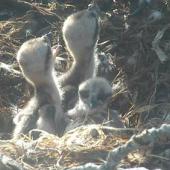
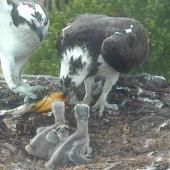
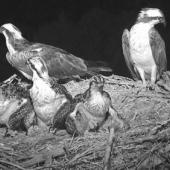
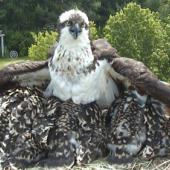
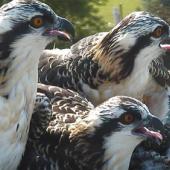
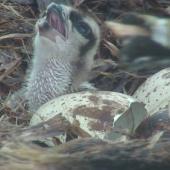
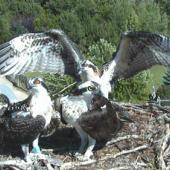
Those of us who have watched this beautiful bird through the last five seasons have seen her commit to renew life again and again: Sitting on eggs during freezing spring snow storms, futilely attempting to keep three chicks alive when pouring rains kept Ozzie from catching fish in a swollen river, standing for hours in the hot sun to shade her chicks, gently turning and tending eggs that would never hatch. Harriet is the embodiment of survival. We humans have much to learn from her.
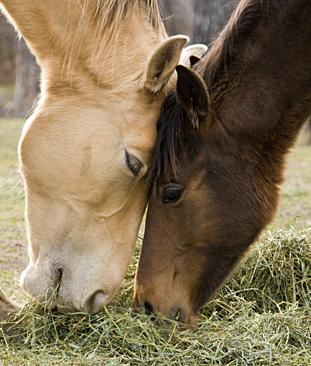
And, indeed, we at Dunrovin are learning. We too are doing what nature tells us to do. We are watching; we are listening; we are sharing. Our sense of curiosity, our ancestral bonds to animals and nature, and our need to socialize are as innate to us as nest building is to Harriet. Stories are fundamental to our human experience. Harriet’s ever unfolding story captivates us.
Modern Internet technology brings Harriet’s story to thousands of people and opens doors for communities of Internet users from across the globe to gather, talk, share, and form real bonds of friendship.
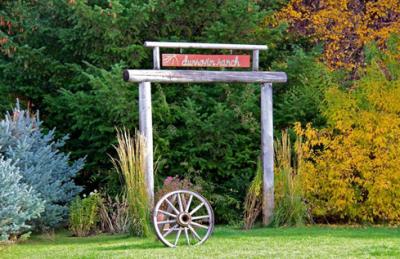
When Dunrovin began, in 2011 the ranch partnered with the University of Montana to install a web camera above its osprey nest to record the number and species of fish fed to the chicks. By capturing the chicks and taking blood samples, biologists relate the mercury in the chicks’ blood to the fish they eat and to the river. What started out as an interesting science project quickly led me down a new and unexpected path.
My emotional involvement with the birds and other camera viewers was a total surprise. Suddenly the birds’ daily lives became part of our daily lives. Their individual idiosyncrasies, habits, and vocalizations became familiar. We rejoiced at Ozzie’s “wing lift” maneuver to move Harriet off the eggs. Harriet’s warrior calls set off our own alarm bells. We practically adopted the chicks. It was exciting, intriguing, informative, and emotionally gripping.
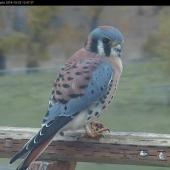
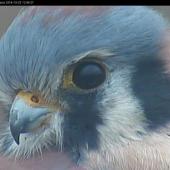
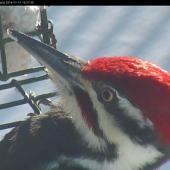
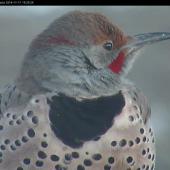
At season’s end, I received numerous emails, letters, and phone calls asking that the camera be left on so viewers could watch the ranch. What? I didn’t understand. While I certainly shared the postseason letdown as the last chick departed, and I too wanted to maintain friendships that had grown, I didn’t see how we could. It never occurred to me that life at the ranch was anything akin to life at the nest.
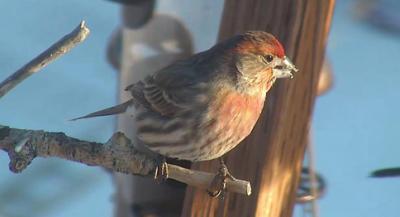
As I communicated with others, I began to see it. Our ranch houses numerous animals — horses, ponies, donkeys, dogs, birds, wildlife. A river runs through it. Mountains surround it. Guests from near and far enjoy all kinds of activities. Nature serves up dramatic storms, forest fires, and stunning sunsets. Ranch work never ends. Yes, life here is in many, many ways like life at the osprey’s nest — ever changing, unpredictable, and punctuated with moments of frustration, accomplishment, disappointment, mystery, sadness, triumph, physical challenge, disaster, and joy.
Thus was born the world’s first cyber ranch: www.DaysAtDunrovin.com. With two additional web cams, videos, blogs, and real time chatting, all can be enjoyed. Viewing is free. We charge a small fee to participate in our social community for three important reasons: to create a safe cyber space where real people (no trolls allowed!) can respectfully chat; to financially support the site; and to support the things that draw us together — nature, wildlife, animals, etc.
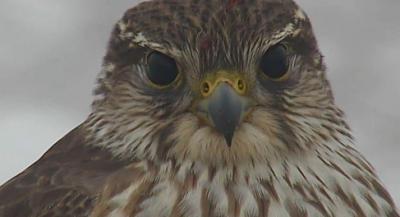
We offer real and unedited stories, stories that enrich as well as entertain. Horses are trained. Dogs are rescued. Injured or sick animals nursed. People acquire new skills and find themselves through nature. Kids learn responsibility through caring for animals. Foreign students attempt fly-fishing. Books are read and discussed with authors; Native Americans tell stories around a campfire.
If you had told me five years ago that I would be hosting a “cyber ranch”, a look of puzzlement would have spread across my face. Now I happily explain that, like the ospreys, I am doing exactly what nature tells me to do, connecting with others to share a mutual love of Montana, nature, and animals.
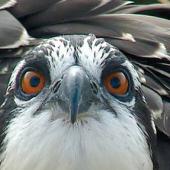
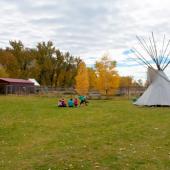
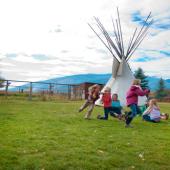
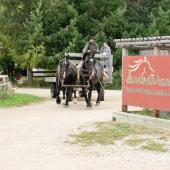
* * * *
A photo may be worth a thousand words, but eyesight is priceless. After Ozzie’s death, Harriet’s story of finding a partner is familiar to us all who follow her. Borrowing from astronomy, I mounted a solar filter over my lens and moved my camera into Harriet’s shadow. This filter only allows 1/100,000 of the sunlight to pass. You either see blackness or sun, so starting in Harriet’s shadow was the best way to find her in my viewfinder. I made the camera extra-sensitive to light and used a slow shutter speed and sturdy tripod to compensate for the filter. With the nest as a fulcrum, I followed the sun in a slow waltz to keep Harriet in view. The photo captures Harriet’s compelling life in a single moment.
* * * *
*Tune into the adventures of Harriet the Osprey. Go to http://www.daysatdunrovin.com/splash.php to see ospreys on live camera!
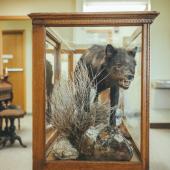
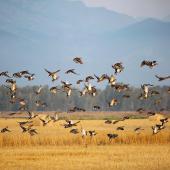
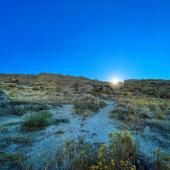
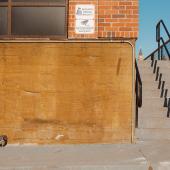
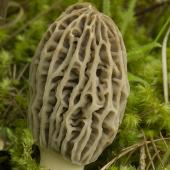
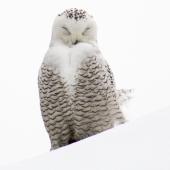
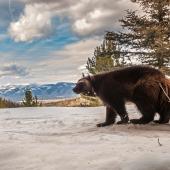
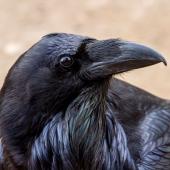
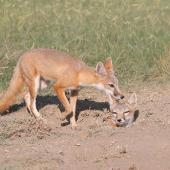
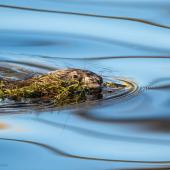
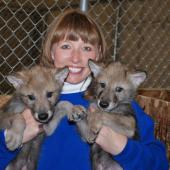
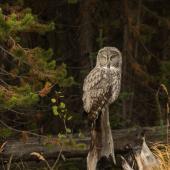
Leave a Comment Here